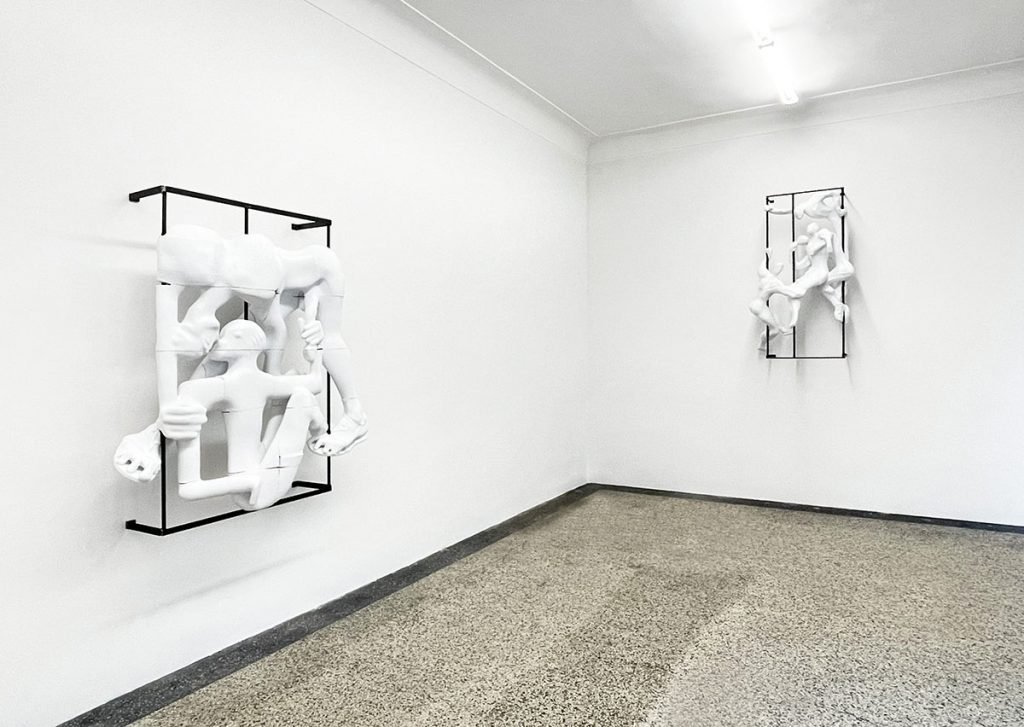
Manuel Graf
15 Jan. – 26 Mar. 2022
MANUEL GRAF, BUCHTIPP
January 8 – February 28, 2009
Manuel Graf likes reading and reads a lot. The works title “Buchtipp” (Book Tip) can be understood literarilly, but could also be entitled „An Insider’s Tip“ („Geheimtipp“), for the book Graf refers to – “Das sensible Chaos” (The Sensitive Chaos)1962 by Theodor Schwenk – is presumably not known to a wider audience – and the artist, while exploring peculiar, non-linear thoughts of his own, has some unknown, secret pictures for us to see.
The film shows an extension of Graf’s interest for architecture to nature’s constitution and its reflection upon man’s inner construction. Also Mister Wallat, who was the protagonist in Graf’s video work “Über die aus der Zukunft fliessende Zeit” (About time flowing from future), has something to tell in that respect.
Graf finds virtually archetypical forms for his inner world of thought.
A central image, which is also represented on the invitation card, reminds us of man’s larynx, through which not only speaking becomes possible, but which also is considered a mediator between mind and matter.
As a matter of fact, this image resulted from a phenomenon which arises when letting a stream of water flow into still water under controlled conditions.
Further should be experienced with your own eyes – we are looking forward to your visit.
Manuel Graf, born 1978, has among others exhibited in MuseumX/Museum Abteiberg, Mönchengladbach; Kunstverein Göttingen; MQ, Wien; Frans Hals Museum/De Hallen, Amsterdam; Kunstverein Nürnberg; KIT, Düsseldorf.
He has been awarded the “Ars Viva” Prize 2008/2009.
“Buchtipp” is his second exhibition at Van Horn. The work will be on show in parallel from 08 to 14.01. at Tanzhaus NRW as part of the festival “Temps d’Images”.
Buchtipp, 2009 (Book Tip)
single channel video projection, colour/sound
7:20 min.
Ed. 5
spoken prologue:
Ladies and Gentlemen,
I would like to present the book “The Sensitive Chaos” (“Das sensible Chaos”). Up in the woods above Bad Säckingen, in Herrischried in the black forest, is where we find his institute. Ever since the 1960’s, Theodor Schwenk, a long-time follower of Steiner, has been studying the water of the mountain streams and using unorthodox methods to try and establish its precise characteristics. In the foreword we read that the title of the book is a phrase taken from the poet Christian von Hardenberg, who was also known as Novalis. For Schwenk, this romantic was one of the last few still able to appreciate something of the spiritual richness of the elements, above all of water, before this ancient knowledge faded away; before our modern world used science and technology, industrialisation and commercialization, to relegate water from being the quintessence of life to being a mere physical material – to something controllable, exploitable.
His goal is to reveal to us a new and different way of looking at the elements, above all of water – we, who are standing at the end of an epoch dominated by the cultivation of the earth and by the exploitation of its resources. Schwenk employs his unorthodox methods to study water in movement, in flow, in action as it were, recording the forms and structures that arise in the process. Here we can see the simplest method: a stream of liquid is directed into still water and the developmental stages of the resultant process captured in images. The form that emerges becomes ever more distinctive until at the end we stand amazed, fascinated by a structure which actually reminds us of the human larynx. Could this then itself be the result of a process of flow – a stream of air condensed into an organ? And in turn this organ then moulds the stream of air to build the foundation for our voice, our speech – in monologue – unites itself in dialogue with the stream of air from the larynx of another – add a third and we are effectively watching a social sculpture being built in front of us.
translation from german into english: Lucy Harvey
MANUEL GRAF | GALLERY EXHIBITIONS

15 Jan. – 26 Mar. 2022
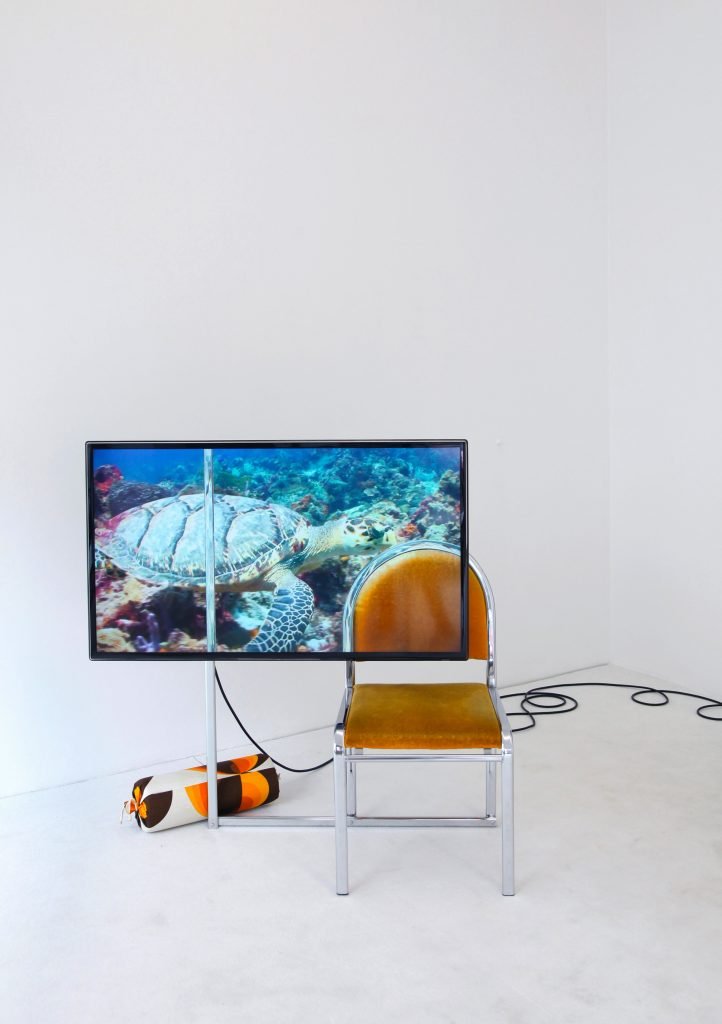
12 Jun. – 12 Jul. 2014
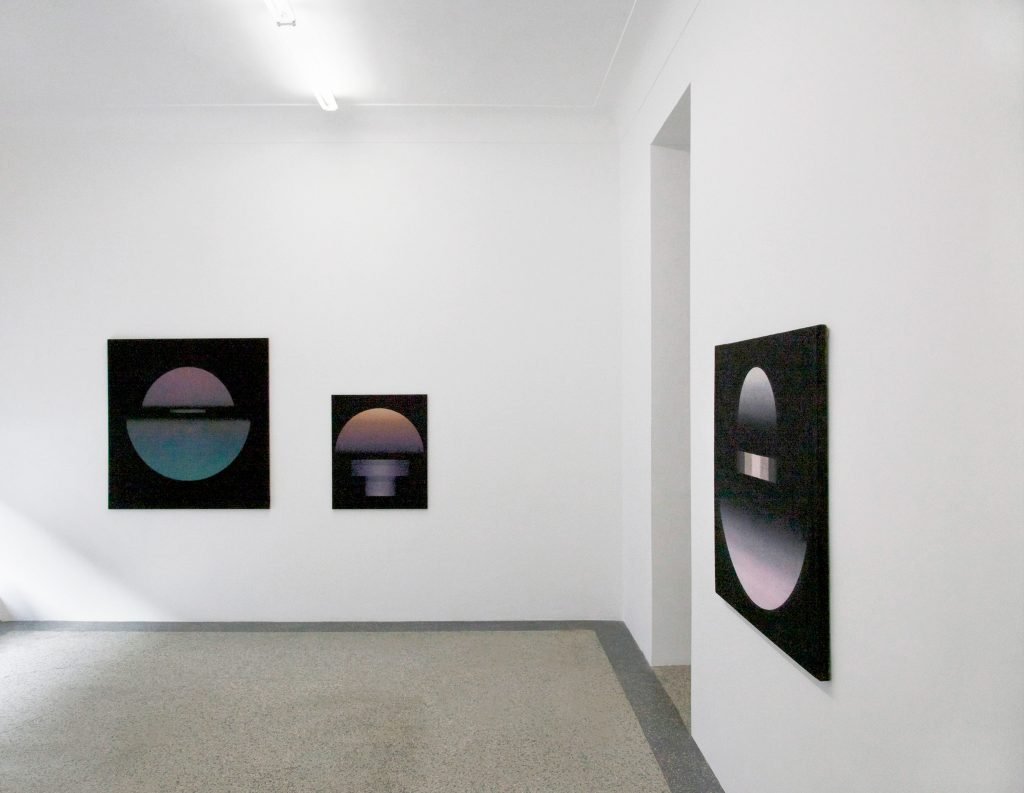
16 Mar. – 27 Apr. 2012
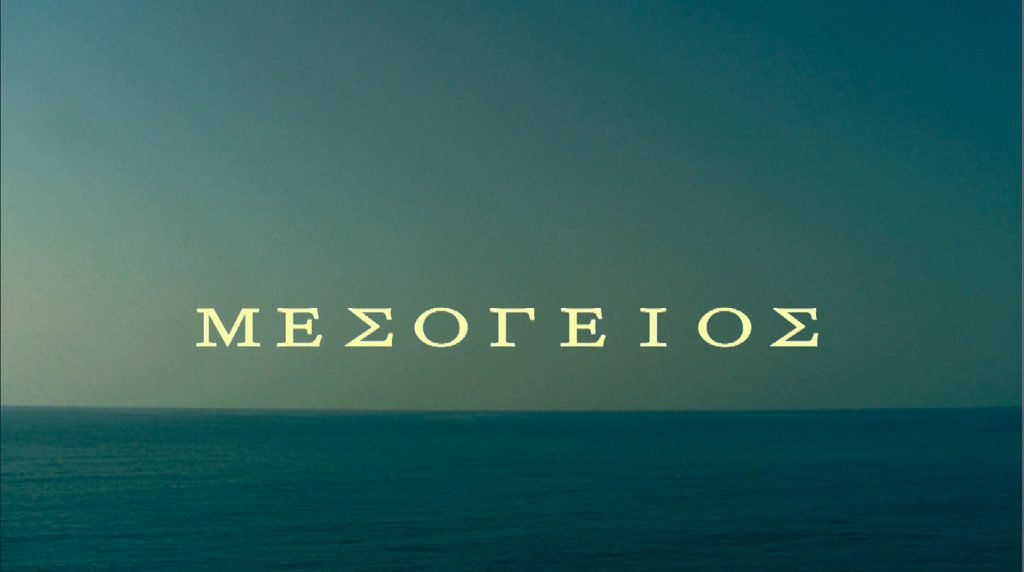
21 Jan. – 5 Mar. 2011
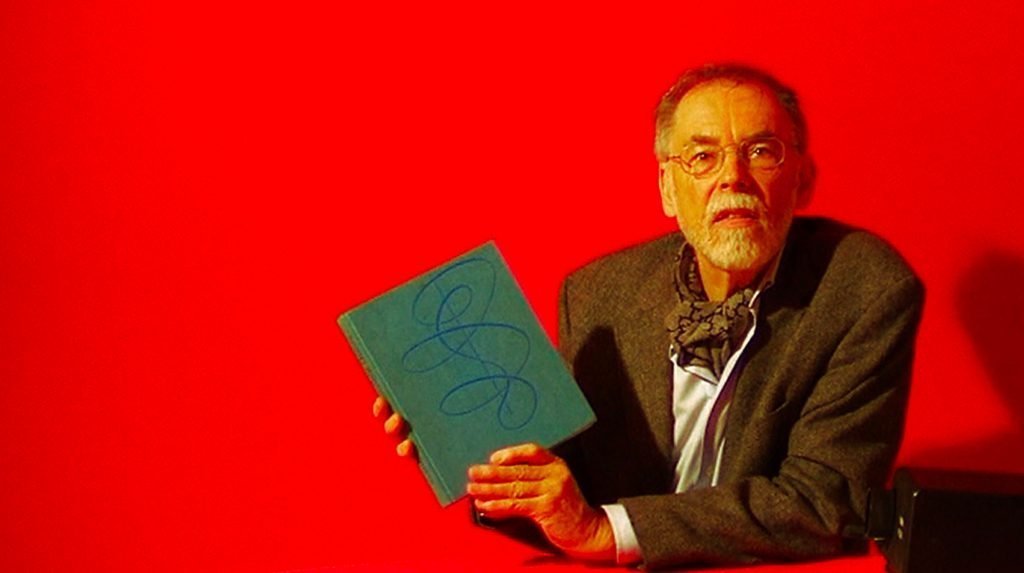
7 Jan. – 28 Feb. 2009
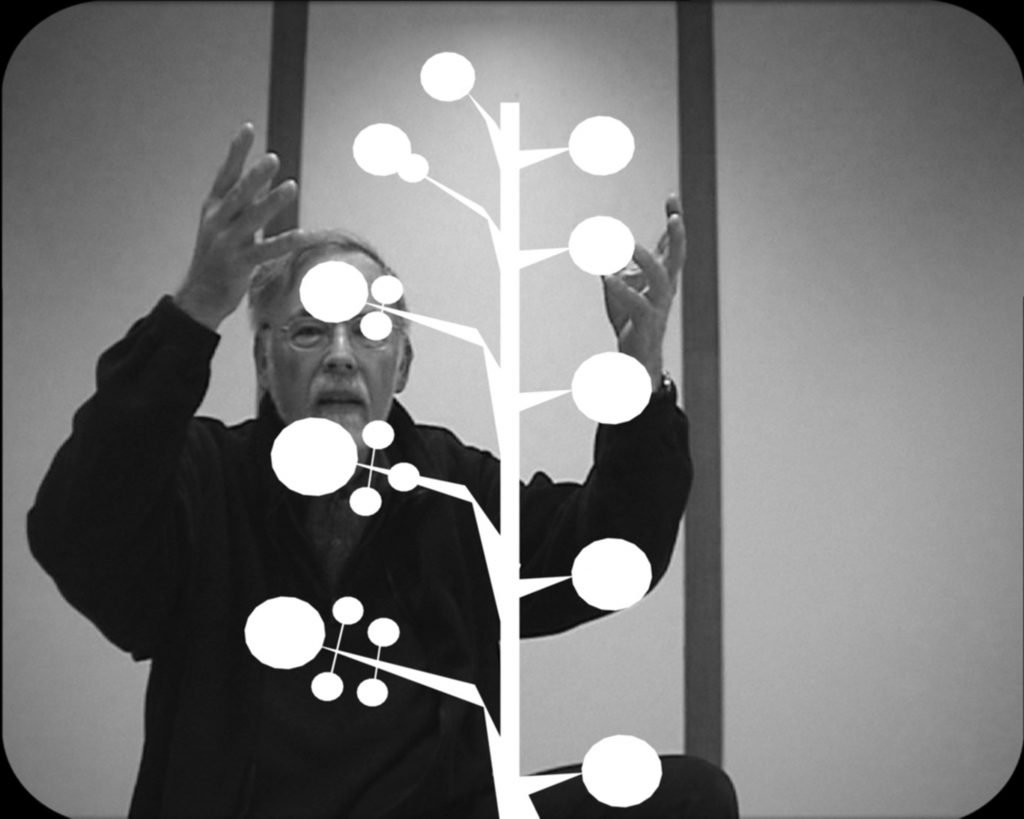
7 Apr. – 9 Jun. 2006